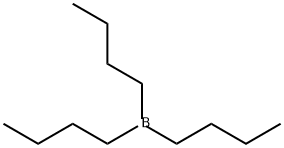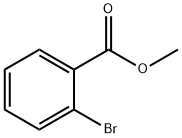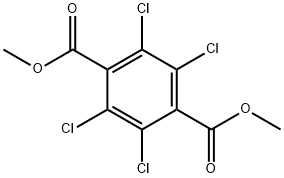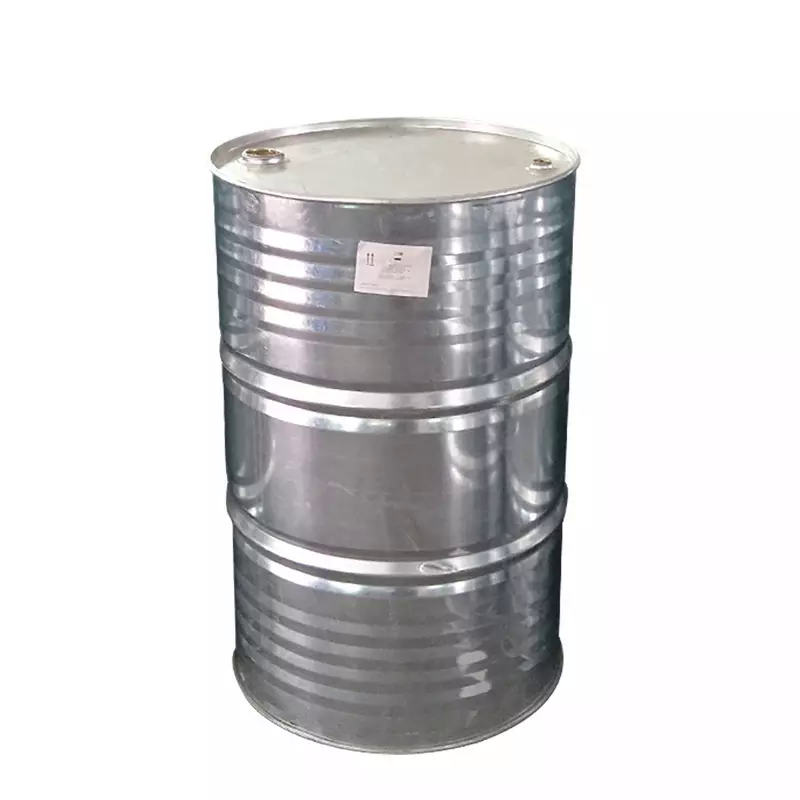Tributyl citrate
Synonym(s):Citric acid tributyl ester;Tributyl citrate
- CAS NO.:77-94-1
- Empirical Formula: C18H32O7
- Molecular Weight: 360.44
- MDL number: MFCD00027217
- EINECS: 201-071-2
- SAFETY DATA SHEET (SDS)
- Update Date: 2025-12-17 09:49:32

What is Tributyl citrate?
Chemical properties
Colorless or pale-yellow, stable, odorless, nonvolatile liquid. Practically insoluble in water. Combustible.
Chemical properties
Tributyl citrate is a clear, odorless, practically colorless, oily liquid.
The Uses of Tributyl citrate
Tributyl Citrate, is a non-phthalate plasticizer, that can be used for the preparation of resins. It can also used for the synthesis of Acetyl Tributyl Cirate, a valuable biodegradable plasticizer of low toxicity, found in nail polish and other cosmetics.
The Uses of Tributyl citrate
Plasticizer and solvent for nitrocellulose lacquers; in polishes, inks and similar Preparations; also as anti-foam agent.
The Uses of Tributyl citrate
Tributyl citrate can be used:
- To incorporate in zein film to enhance its mechanical properties for industrial processing.
- As a plasticizer to improve the ductile properties of poly(lactide) polymers.
What are the applications of Application
Tributyl citrate is added to zein film to enhance its mechanical properties for industrial processing.
Production Methods
Tributyl citrate is prepared by the esterification of citric acid with butanol.
Definition
ChEBI: Tributyl citrate is a carbonyl compound.
General Description
Tributyl citrate is an ester of citric acid. It is used to plasticize polymers for coating solid drug dosage forms, tablets and capsules.
Certified pharmaceutical secondary standards for application in quality control provide pharma laboratories and manufacturers with a convenient and cost-effective alternative to pharmacopeia primary standards.
Pharmaceutical Applications
Tributyl citrate is used to plasticize polymers in formulated pharmaceutical coatings. The coating applications include capsules, tablets, beads, and granules for taste masking, immediate release, sustained-release, and enteric formulations.
Safety
Tributyl citrate is used in oral pharmaceutical formulations. It is
generally regarded as an essentially nontoxic and nonirritating
material. However, ingestion of large quantities may be harmful.
LD50 (cat, oral): >50 mL/kg
LD50 (mouse, IP): 2.9 g/kg
LD50 (rat, oral): >30 mL/kg
Storage
Tributyl citrate should be stored in well-closed containers in a cool, dry location at temperatures not exceeding 38℃. When stored in accordance with these conditions, tributyl citrate is a stable material.
Incompatibilities
Tributyl citrate is incompatible with strong alkalis and oxidizing materials.
Regulatory Status
Approved in the USA for indirect food contact in food films. Included in the Canadian List of Acceptable Non-medicinal Ingredients.
Properties of Tributyl citrate
| Melting point: | ≥300 °C(lit.) |
| Boiling point: | 234 °C (17 mmHg) |
| Density | 1.043 g/mL at 20 °C (lit.) |
| refractive index | n |
| Flash point: | 300 °C |
| storage temp. | Store below +30°C. |
| solubility | Miscible with acetone, ethanol, and vegetable oil;
practically insoluble in water. |
| form | Liquid |
| pka | 11.30±0.29(Predicted) |
| color | Clear |
| Odor | odorless |
| Water Solubility | insoluble |
| Merck | 14,1564 |
| BRN | 1806072 |
| CAS DataBase Reference | 77-94-1(CAS DataBase Reference) |
| NIST Chemistry Reference | Butyl citrate(77-94-1) |
| EPA Substance Registry System | 1,2,3-Propanetricarboxylic acid, 2-hydroxy-, tributyl ester (77-94-1) |
Safety information for Tributyl citrate
Computed Descriptors for Tributyl citrate
| InChIKey | ZFOZVQLOBQUTQQ-UHFFFAOYSA-N |
Tributyl citrate manufacturer
New Products
Indole Methyl Resin tert-butyl 9-methoxy-3-azaspiro[5.5]undecane-3-carboxylate Boc-His(Boc)-OH 2-CTC Resin 4-Chloro-7-tosy1-7Hpyrrolo[2,3-d]pyrimidine 5,7-Dibromo-1H-indole 2,5-dichloro-N-hydroxy-4,6-dimethylpyridine-3-carboximidamide 2,2-Dimethoxy-7-azaspiro[3.5]nonane hydrochloride 4-chloromethyl-5-methyl-1,3-dioxol-2-one (DMDO-Cl) R-2-BENZYLOXY PROPIONIC ACID 1,1’-CARBONYLDIIMIDAZOLE 1,1’-CARBONYLDI (1,2-4 TRIAZOLE) N-METHYL INDAZOLE-3-CARBOXYLIC ACID 4-((2-hydroxyethyl)thio)benzoic acid 1-(TERT-BUTOXYCARBONYL)-2-PYRROLIDINONE Methyl 6-methylnicotinate 3-Pyridineacrylic acid tert-Butyl carbazate TETRAHYDRO-2H-PYRAN-3-OL 2-((4-morpholinophenylamino) (methylthio) methylene) malononitrile 3-(4-morpholinophenylamino)-5-amino-1H-pyrazole-4-carbonitrile 2,4-dihydroxybenzaldehyde 1,3-Diethyl-1,3-Diphenylurea Methyl 2-methylquinoline-6-carboxylateRelated products of tetrahydrofuran








You may like
-
 77-94-1 98%View Details
77-94-1 98%View Details
77-94-1 -
 Tributyl Citrate CAS 77-94-1View Details
Tributyl Citrate CAS 77-94-1View Details
77-94-1 -
 Tributyl citrate CAS 77-94-1View Details
Tributyl citrate CAS 77-94-1View Details
77-94-1 -
 Tributyl citrate 99% (GC) CAS 77-94-1View Details
Tributyl citrate 99% (GC) CAS 77-94-1View Details
77-94-1 -
 Tributyl citrate CAS 77-94-1View Details
Tributyl citrate CAS 77-94-1View Details
77-94-1 -
 TRI BUTYL CITRATEView Details
TRI BUTYL CITRATEView Details
77-94-1 -
 Tributyl CitrateView Details
Tributyl CitrateView Details
77-94-1 -
 Tri Butyl CitrateView Details
Tri Butyl CitrateView Details
77-94-1
